
Thanksgiving is the meal with all the bells and whistles. Stuffing, sides, pies and, most importantly, turkey! Thanksgiving turkey is not only highly anticipated but often highly stressed over. After all, the meal really is all about the bird, so messing it up isn’t an option.
Home cooks tasked with the big day’s big job face lots of pressure to produce a perfect turkey. Janice Stahl, a five-year expert with the Butterball Turkey Talk-Line, shared that most Americans know the day won't be perfect but they need the turkey to be.
“It’s the one thing everyone wants to get right,” she says. Often, though, common mistakes get in the way. “I’ve gotten calls from new brides hiding in the closet because they didn’t want their mother-in-law to know they couldn’t tell when the turkey was done.” Other calls have included "Why does this turkey taste like chicken?"
The season's most common mistakes, though, include improperly thawing the bird, not sizing correctly, and even carving it the wrong way. "We've heard it all," she says. The hotline has been helping home cooks perfect Thanksgiving for over 30 years. Starting early November and going through December the center takes over 100,000 calls, texts and social media questions focused on cooking the perfect turkey.
When there is a lot of food to get on the table and it feels like the pressure is on, here are some common mistakes made on a Thanksgiving turkey and how to avoid them.
More from CafeMom: 25 Traditional Southern Thanksgiving Recipes We Can't Get Enough Of
Thanksgiving Turkey
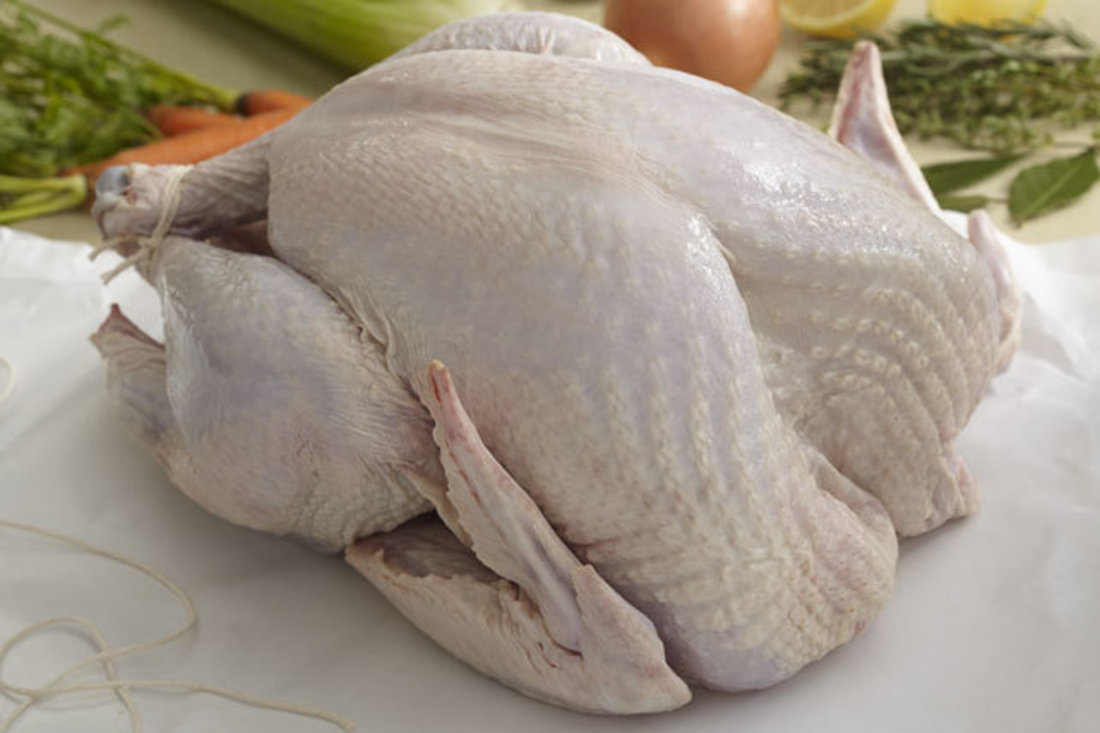
The top problem is pure procrastination. Turkeys appear in stores around Halloween. Plan on purchasing one around the first or second week of November, because they do go fast. Especially if you’re buying a fresh Turkey, which needs to be reserved in advance and picked up about two days before Thanksgiving.
Buying the Wrong Size Turkey
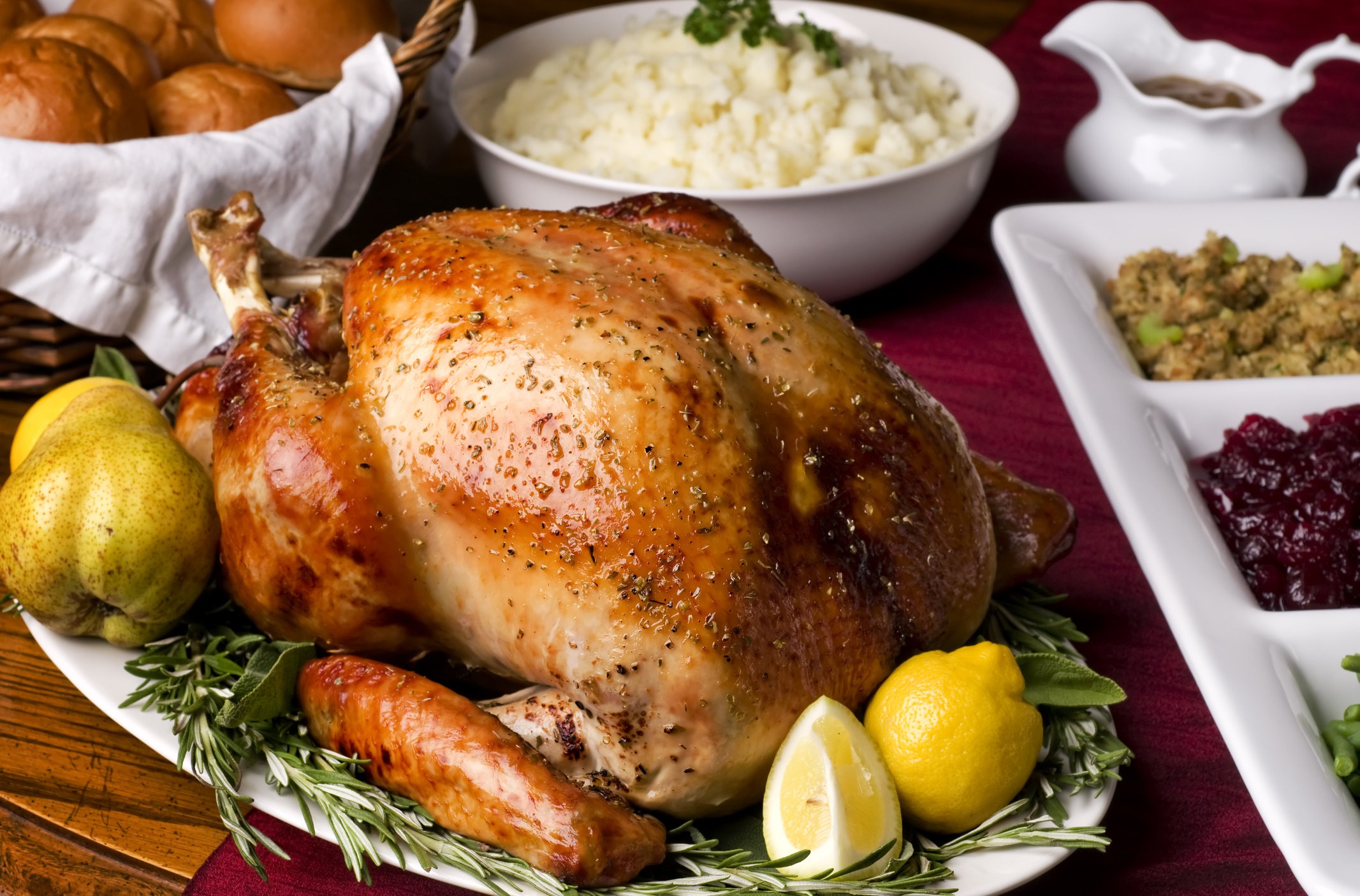
Not having enough turkey is a serious problem. The Kitchn suggests estimating about one pound of bird per person, two if you are really into leftovers.
Thawing a Turkey
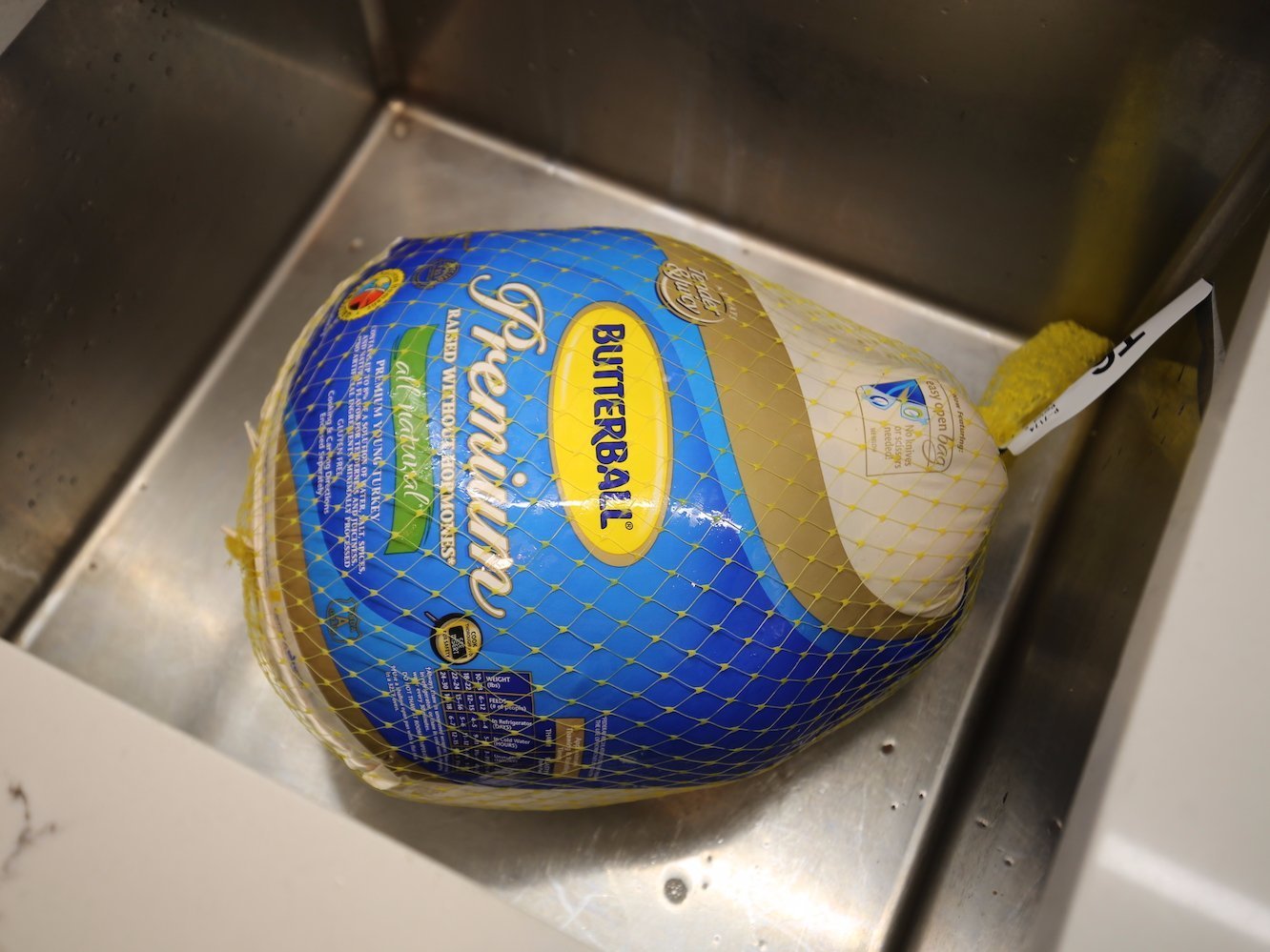
Turkeys take some time to thaw. Butterball suggests allowing at least 24 hours of thawing for every 4-5 pounds of turkey. What day to start thawing? National Thaw Day, a full week before Thanksgiving.
Taking a Turkey's Temperature
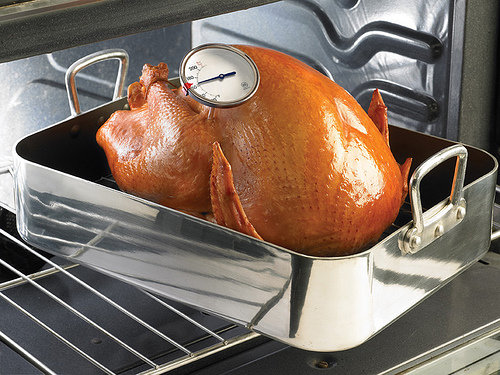
Knowing the temperature of the turkey is vital for proper cooking times. Ignore those pop up plastic ones that are often stuffed inside a turkey. Instead use a meat thermometer to determine when the turkey is done (fully cooked). The USDA says the temperature should reach 180° F in the thigh, 170° F in the breast and 165° F in the center of the stuffing.
More From Cafe Mom: 19 Easy Thanksgiving Sides in 30 Minutes or Less
Pre Stuffing
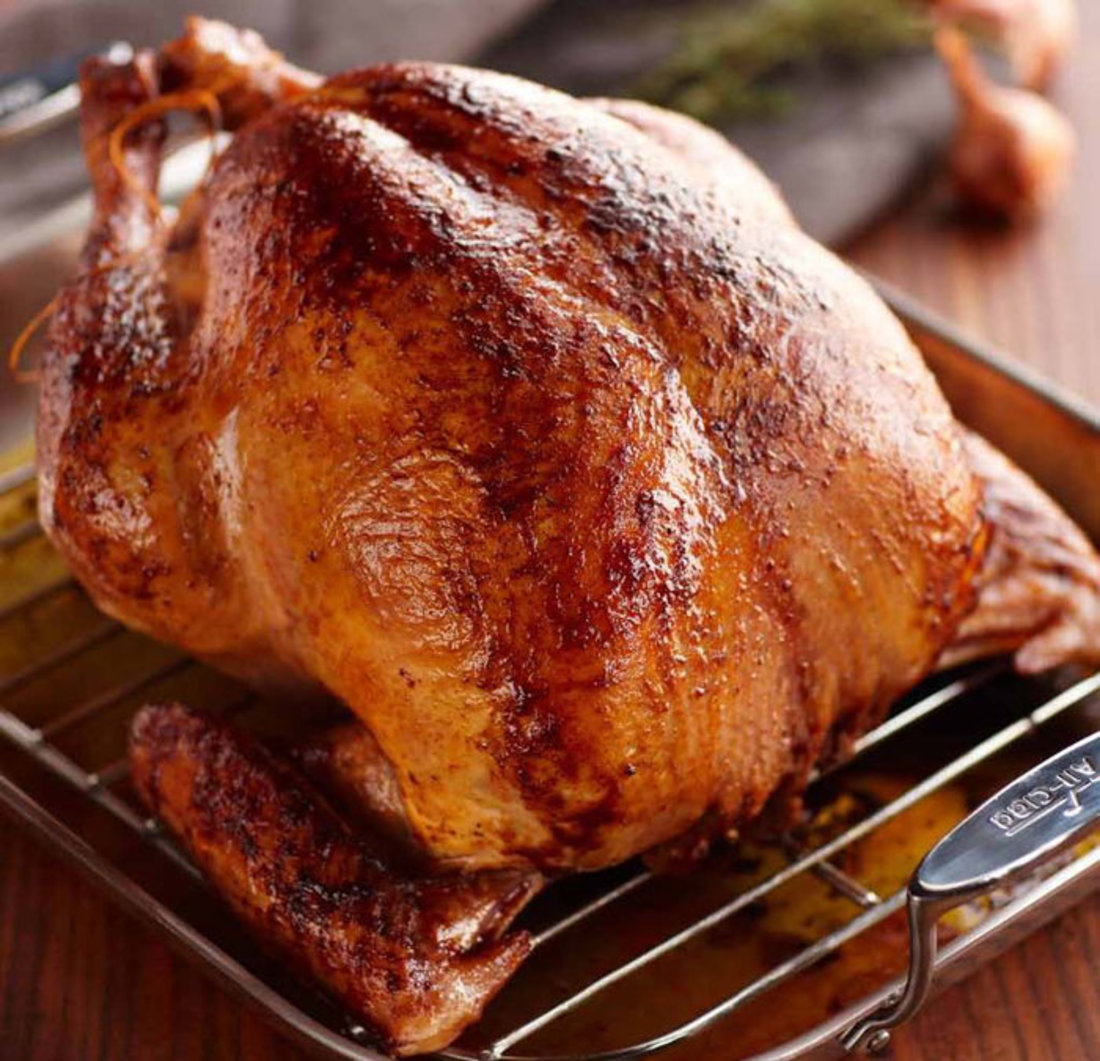
If this turkey is going to be a stuffed one, do it the day of, not the night before. Doing so could result in food contamination and improper cooking. Williams Sonoma suggests making the stuffing the night before and refrigerating it until ready to roast.
Seasoning the Outside Instead of the Inside
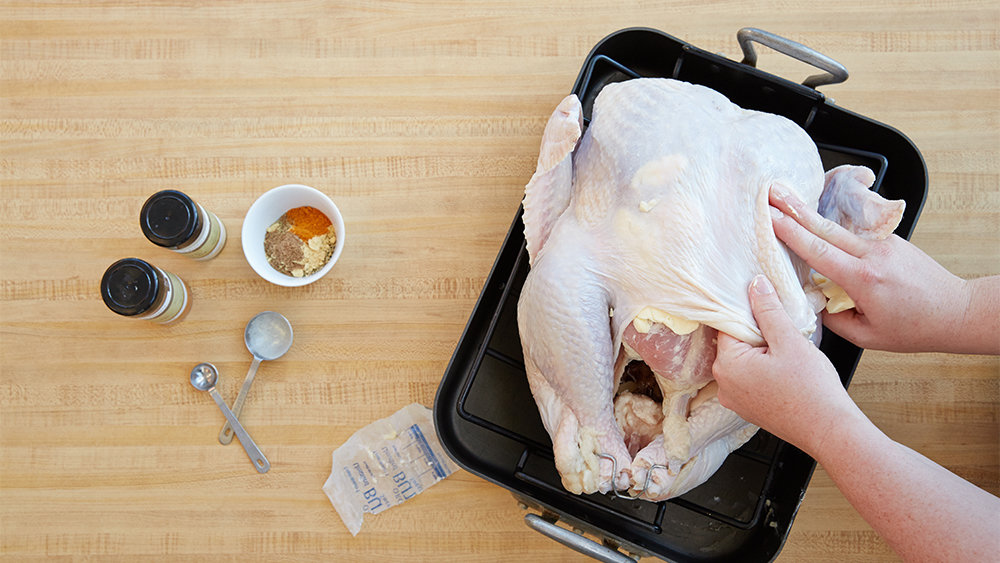
Instinct may tell you to season the skin, but that is a way too common mistake. The result is some delicious skin and not so great meat. Pillsbury's recipe for a seasoned herb butter rub that is slathered onto the meat under the skin is perfect. Then, spray the skin with veggie oil to encourage browning.
Not Reaching Room Temperature
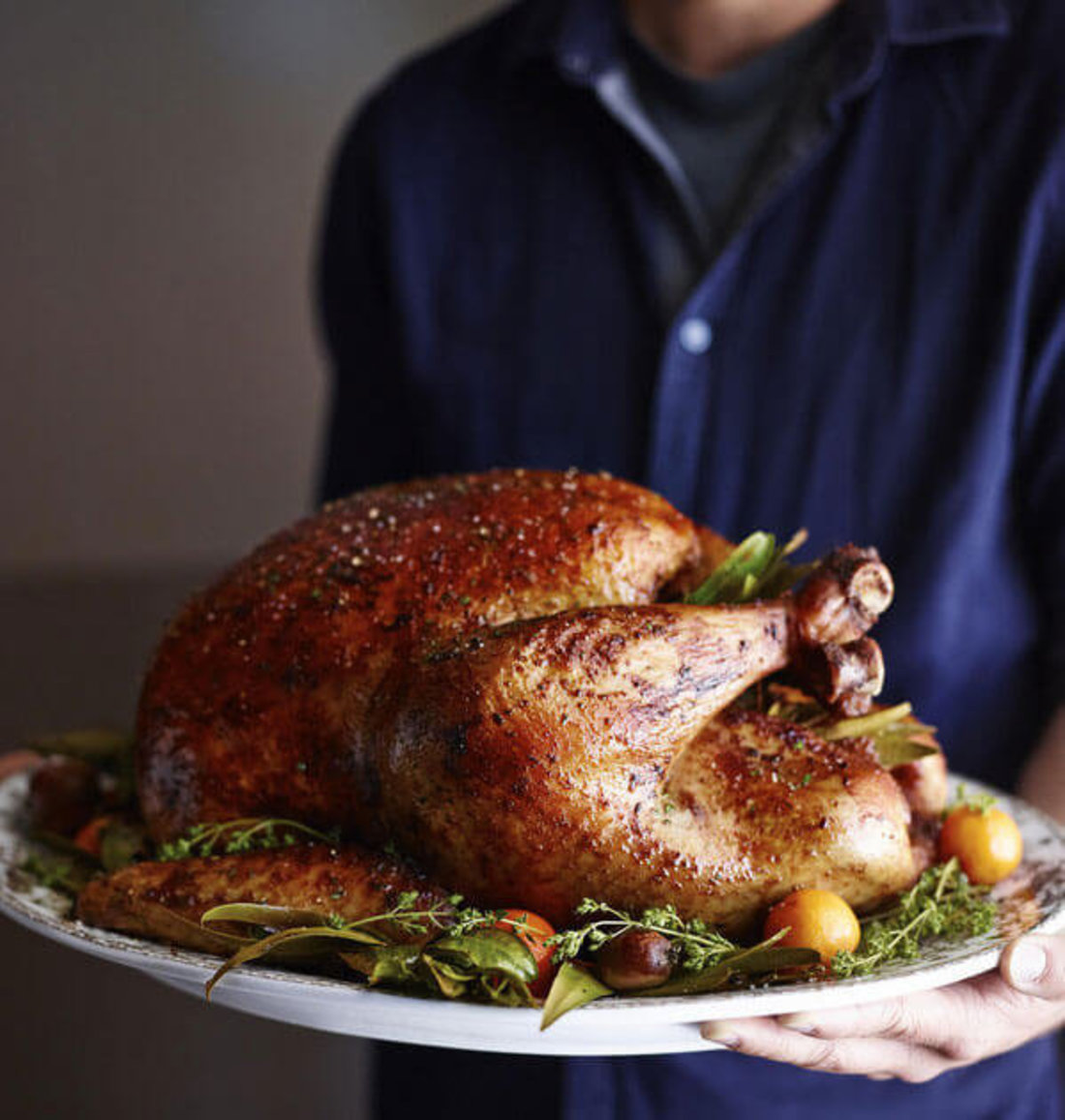
Never transfer your turkey straight to the hot oven from a cold fridge. Williams Sonoma pros explain that turkey needs to come to room temperature for an even and faster roasting experience.
Forgetting to Brine
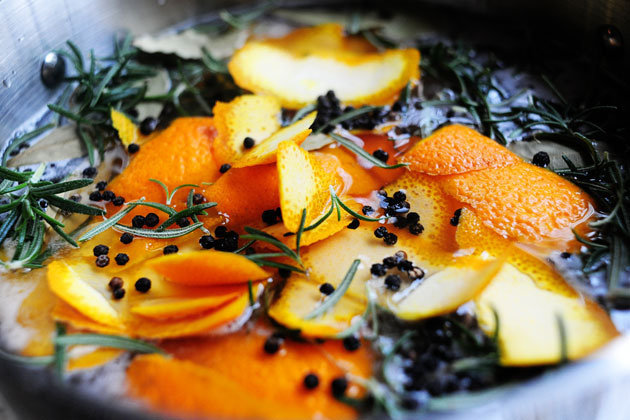
Since it’s kind of impossible to marinate a turkey, brining is the way to impact flavor into the bird while similarly moistening the meat. Don’t skip this step and be sure to allow time to get it done. The Pioneer Woman creates a homemade brining liquid with apple cider, orange, salt and sugar
Not Using a Roasting Rack
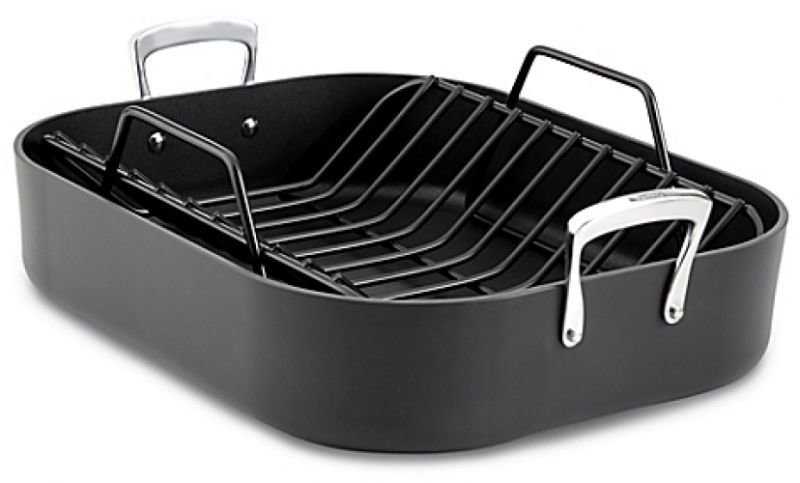
Sure those aluminum pans are easy for clean up, but a turkey really needs to be cooked on a roasting rack. Otherwise, the bottom of the turkey could wind up overcooked or even burned. Choose a rack with a V-shape so that the bird gets ample heat circulation and all the drippings are saved.
Basting
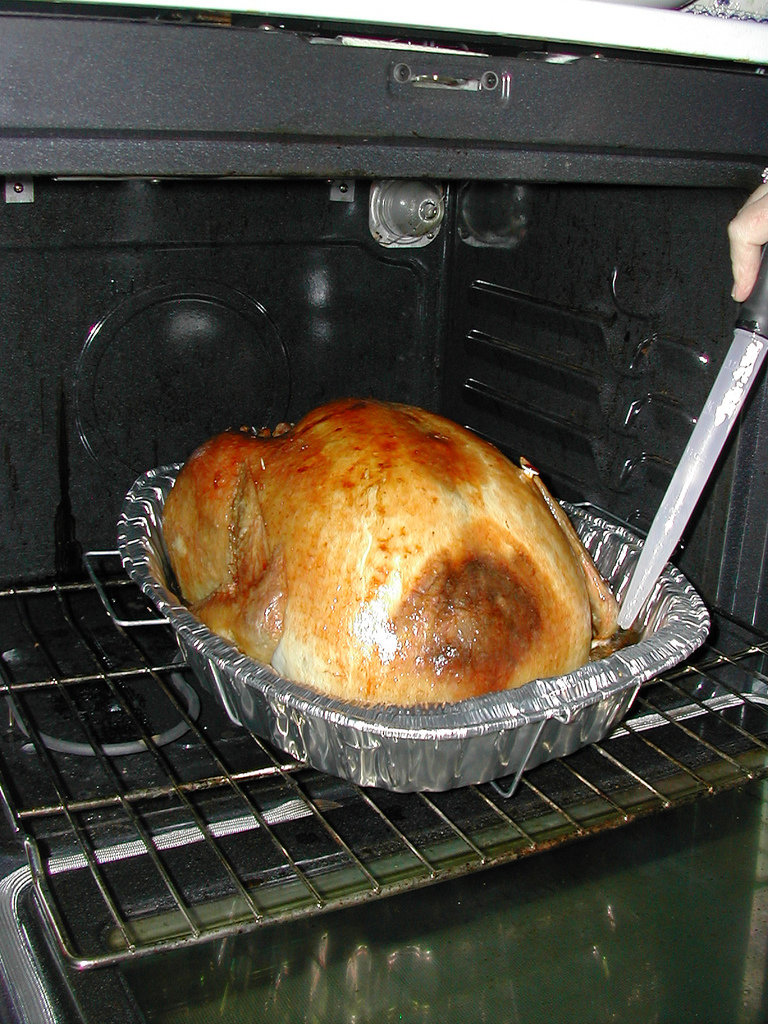
Basting is an unnecessary step to roasting a turkey, especially if you have already brined and correctly seasoned the bird. Every time you open the oven door, your oven loses heat. That means your turkey takes longer to cook and easily dries out. Plus, those liquids you keep pouring on top will actually make the turkey skin soggy, not crispy.
Incorrect Cooking Time
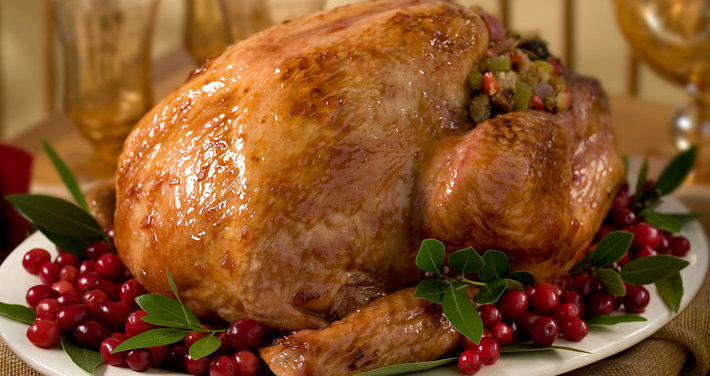
Timing is everything. Knowing how long it will take to cook the turkey is essential. Cooking charts can help figure out the right timing. An average turkey is somewhere between 10-18 pounds, so estimate about 3-31/2 hours for that to cook.
More from Cafe Mom: 15 Thanksgiving Dishes to Make Ahead and Freeze
Forgetting to Foil
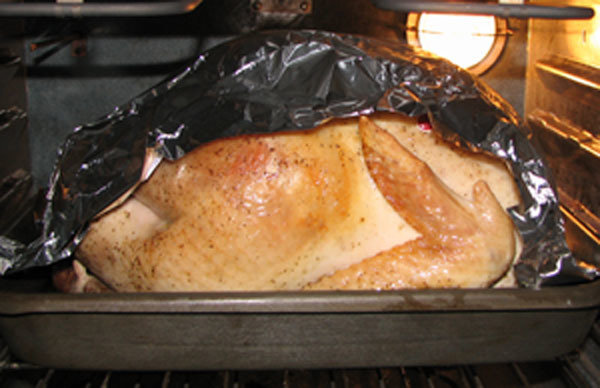
The top of the turkey will brown faster that the bottom will cook. Mama's Critics suggests starting with a foil tent then removing it around ⅔ of the way through cooking to encourage browning but prevent dryness.
Carving Too Quickly
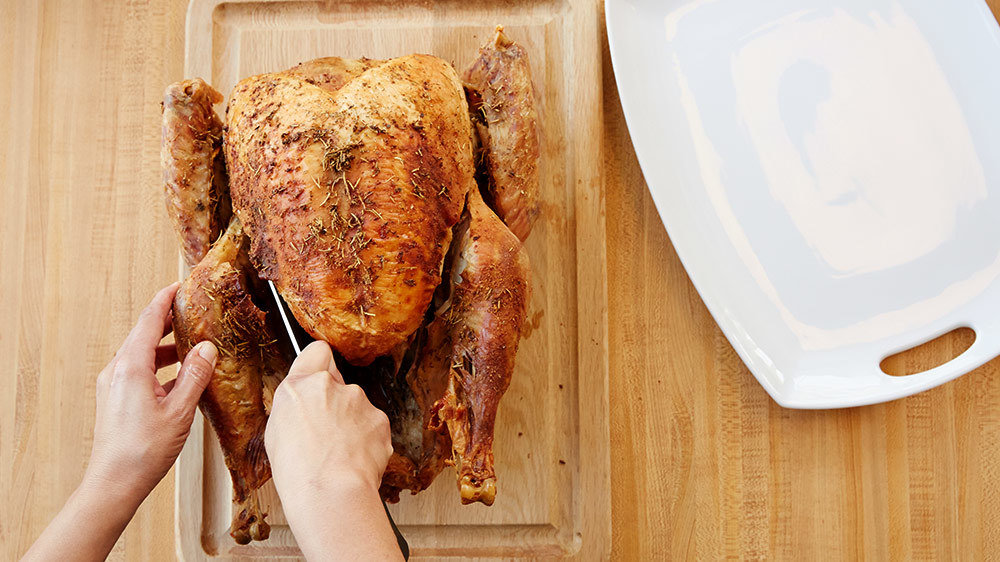
Everyone’s always excited to carve the turkey, but doing so right after it comes out of the oven is a common mistake. All of the juices will come streaming out and you will have a dry bird. Allow your cooked turkey to sit for about 20 minutes before starting to carve so that the juices inside the turkey have time to settle into the meat.
Carving Incorrectly
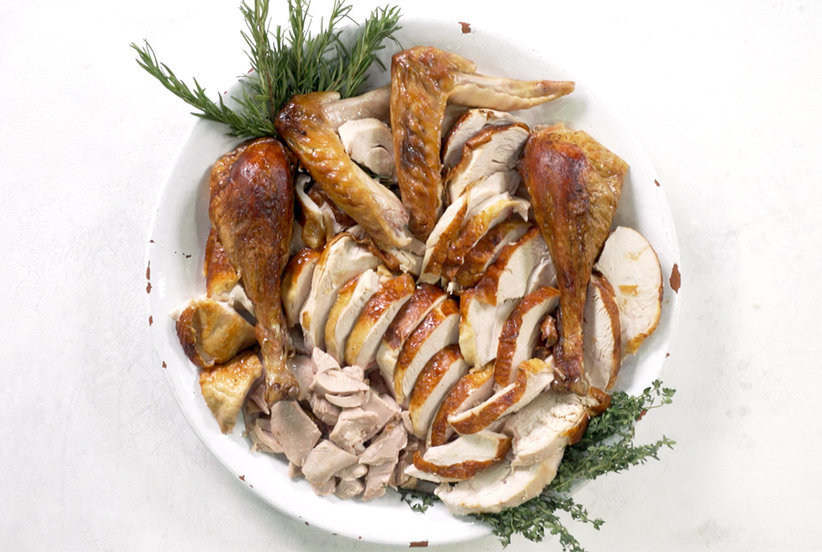
Ever carve into a turkey and it falls apart? That’s because there is a technique to carving. Most people want to start by carving into the breast. Real Simple explains that it's best to start at the legs, and thighs and, finally, the breast.
Transporting a Half Cooked Turkey
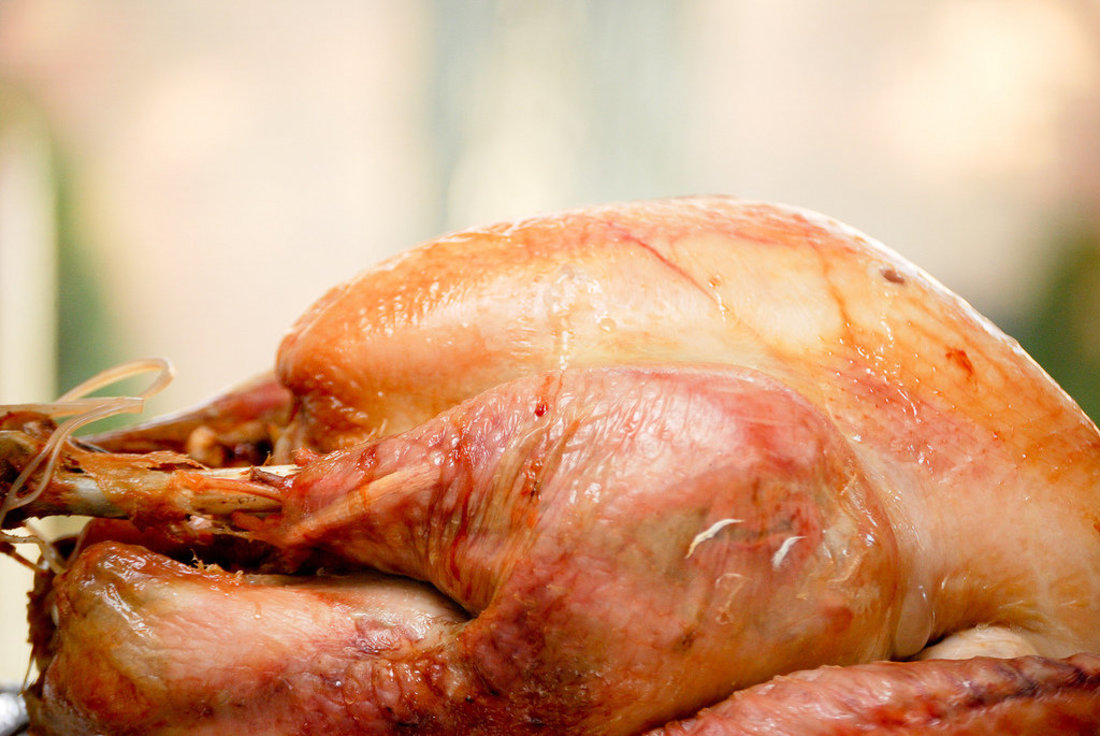
If you’re in charge of cooking the turkey but eating somewhere other than your house, never partially cook a turkey then transport to the dining destination to finish cooking. The turkey will be unsafe to eat and also likely dried out. Instead, cook fully, wrap completely in foil and transport in a closed cooler.




